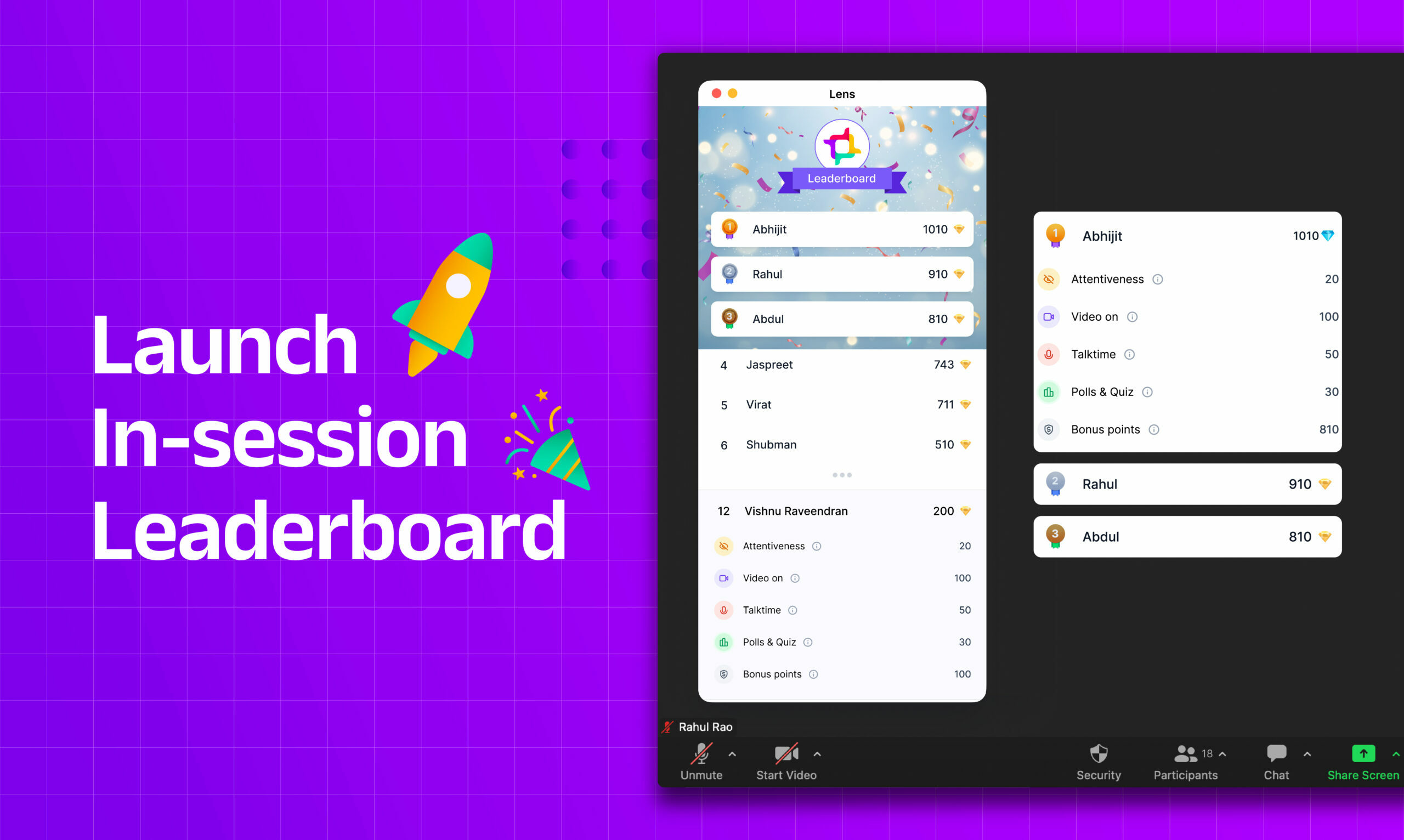Teaching in a virtual classroom can be a daunting task for many professors. However, with the increasing popularity of online learning, it is essential to adapt to new virtual teaching strategies that make your classes more engaging and effective. In this article, we will explore three teaching strategies that can help professors create an active and inclusive virtual classroom while using technology to improve student engagement and success.
Virtual classrooms are the new way of teaching

Virtual classrooms are the new way of teaching. They allow students to learn at their own pace, study from anywhere and are more cost-effective than traditional classrooms. Also, they’re environmentally friendly as they use fewer resources than traditional classrooms.
Virtual teaching strategies to follow
1. Incorporate Interactive Activities

Incorporating interactive activities into virtual classes is a powerful strategy for keeping students engaged and promoting active learning. Traditional lectures can often be dry and monotonous, decreasing student attention and retention. On the other hand, interactive activities help break up the monotony of classes and provide students with opportunities to engage actively with the course material.
Some examples of interactive activities that can be incorporated into virtual classes include:
- Quizzes: Professors can use online quiz tools to create quizzes that test students’ understanding of course material. These quizzes can be used as formative assessments, helping students to identify areas where they need additional support.
- Polls: Polls can be used to gather information from students or to test their knowledge of a particular topic. They can also encourage student participation by allowing students to share their opinions on a particular issue.
- Group discussions: Virtual classes can be broken into small groups, where students can discuss with their peers. Group discussions allow students to share their perspectives and learn from others.
- Breakout rooms: Breakout rooms are virtual rooms that can be used for small group activities. They can be used for group work, debates, or problem-solving activities.
Incorporating interactive activities into virtual classes requires careful planning and execution. Professors should ensure that the activities are aligned with the course objectives and appropriate for the student’s level. Additionally, professors should provide clear instructions and guidelines to students to ensure that they understand what is expected of them.
2. Use a variety of teaching methods

In addition to incorporating interactive activities into virtual classes, professors can also use tools like Lens to monitor engagement and attentiveness metrics. With Lens, professors can track how much time participants spend looking at the meeting screen and how long they spend talking. These metrics can be used as a proxy for engagement and attentiveness, allowing professors to adjust their teaching methods and activities to engage their students better.
Another strategy that professors can use to improve engagement and attentiveness is to utilize various teaching methods. With Lens, professors can track how well students respond to different teaching methods, allowing them to identify the most effective approaches. For example, if a professor notices that students are mainly engaged during group discussions or breakout rooms, they can incorporate more of these activities into their classes.
In addition to monitoring engagement and attentiveness metrics, professors can also use Lens to run polls and quizzes and to provide an in-meeting browser that allows students to access additional resources. By using these tools, professors can increase engagement and attentiveness by providing students with a more interactive and dynamic learning experience.
Finally, Lens also offers a leaderboard that allows professors to gamify students’ interactions during meetings. This can be a powerful tool for promoting engagement and encouraging students to participate more actively in the class. By tracking students’ participation and rewarding top performers, professors can create a competitive and engaging learning environment that supports student success.
3. Encourage Student Collaboration

Encouraging student collaboration is another effective virtual teaching strategy that professors can use to promote engagement and attentiveness. By providing opportunities for students to work together and share their ideas, professors can create a more dynamic and interactive learning environment that supports student success.
One effective way to encourage student collaboration is by assigning group projects or presentations. Working on a project or presentation in a group can be an excellent way for students to learn from each other and share their ideas and perspectives. In addition to promoting collaboration, group projects can also help to improve critical thinking, problem-solving, and communication skills.
Another effective way to encourage collaboration is through group problem-solving activities. These can be done in various ways, such as through virtual breakout rooms or online discussion boards. These activities allow students to work together to solve complex problems and can be a great way to promote engagement and attentiveness.
In addition to group activities, professors can also encourage collaboration by creating a sense of community within the virtual classroom. This can be done by providing opportunities for students to get to know each other, such as through icebreaker activities or virtual meet and greets. Creating a sense of community can help students feel more connected to the course and to each other, which can, in turn, promote engagement and attentiveness.




